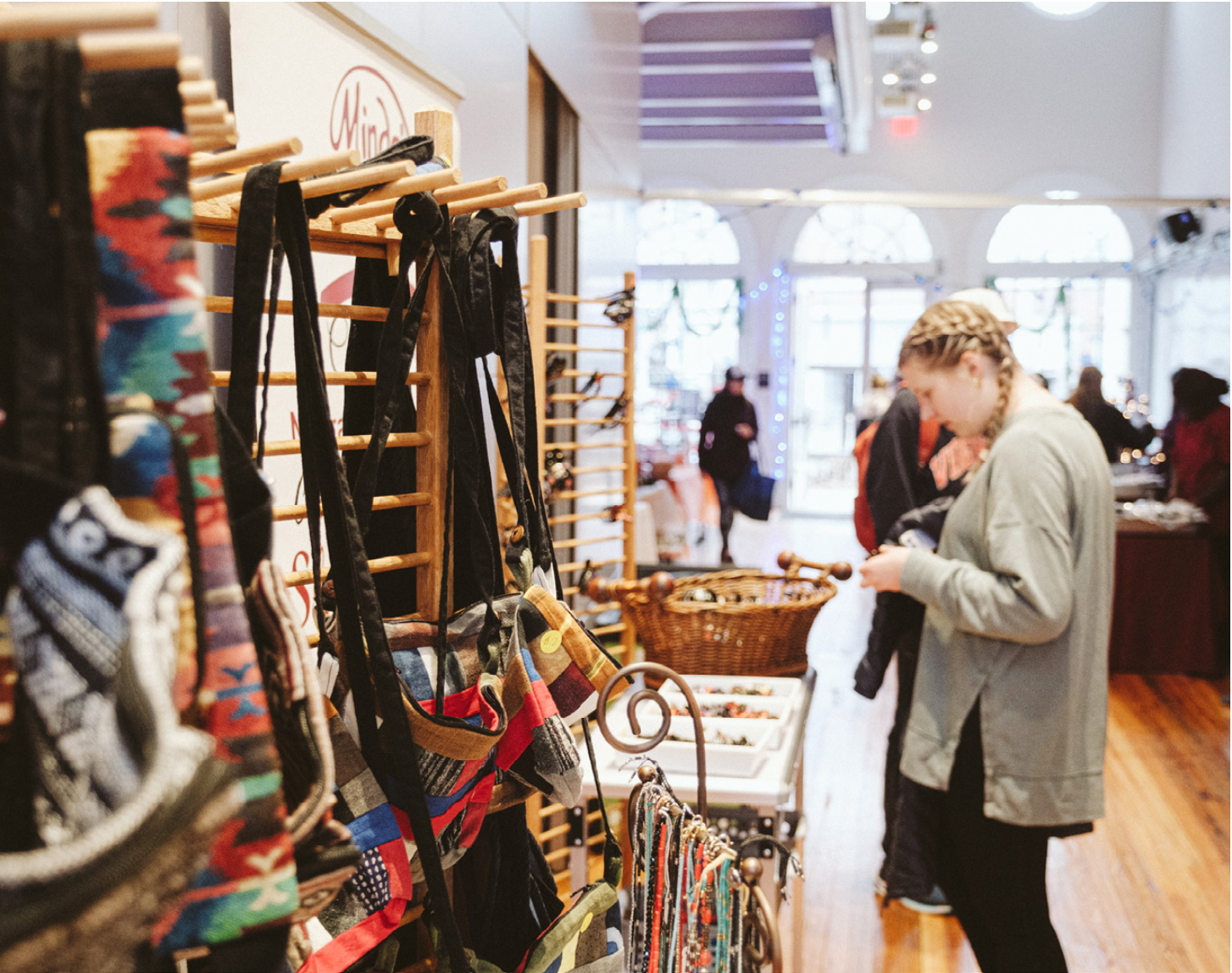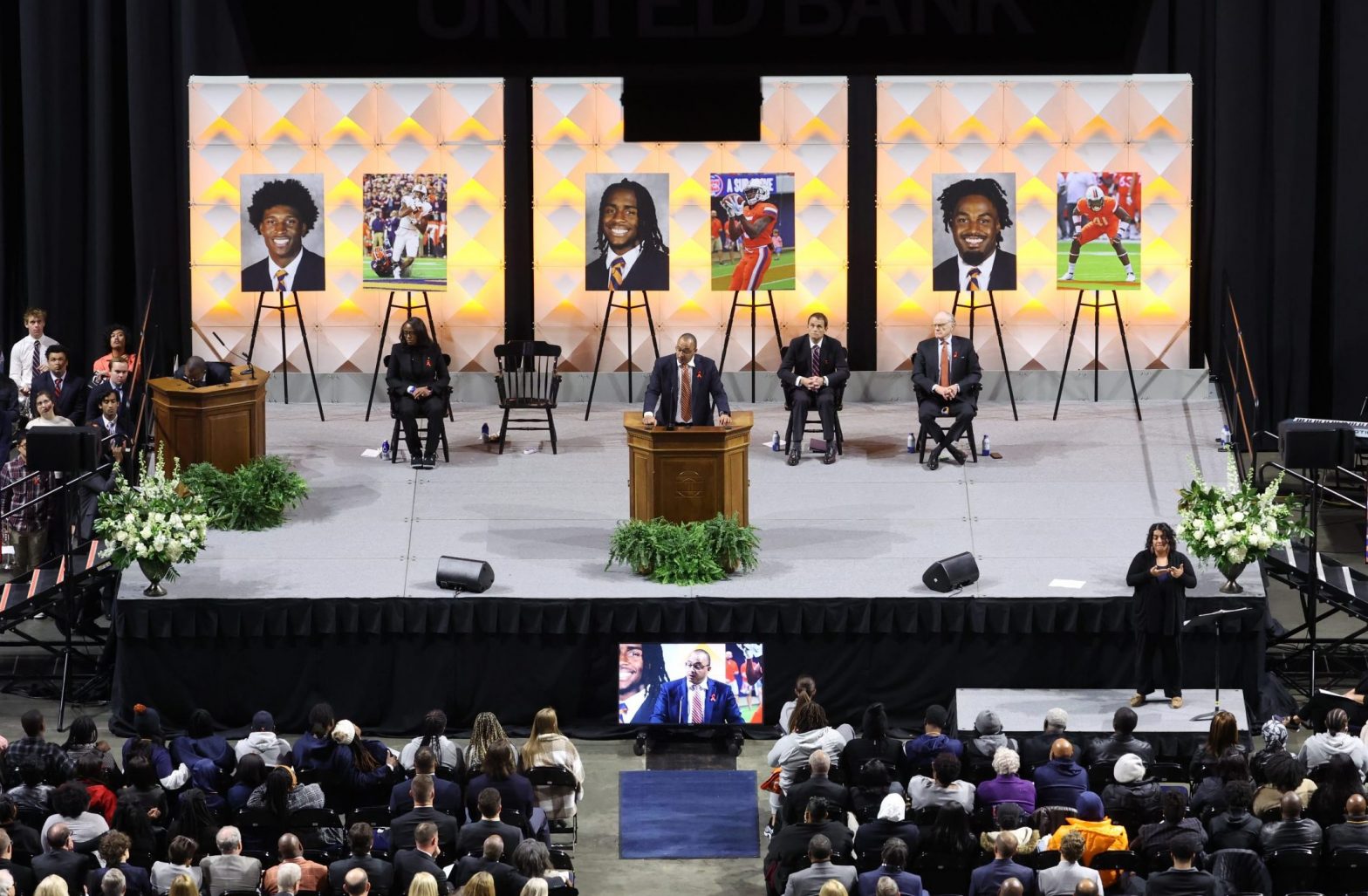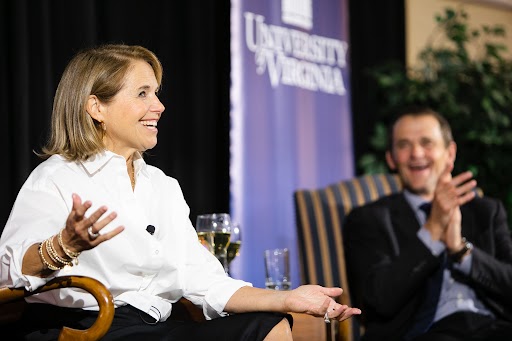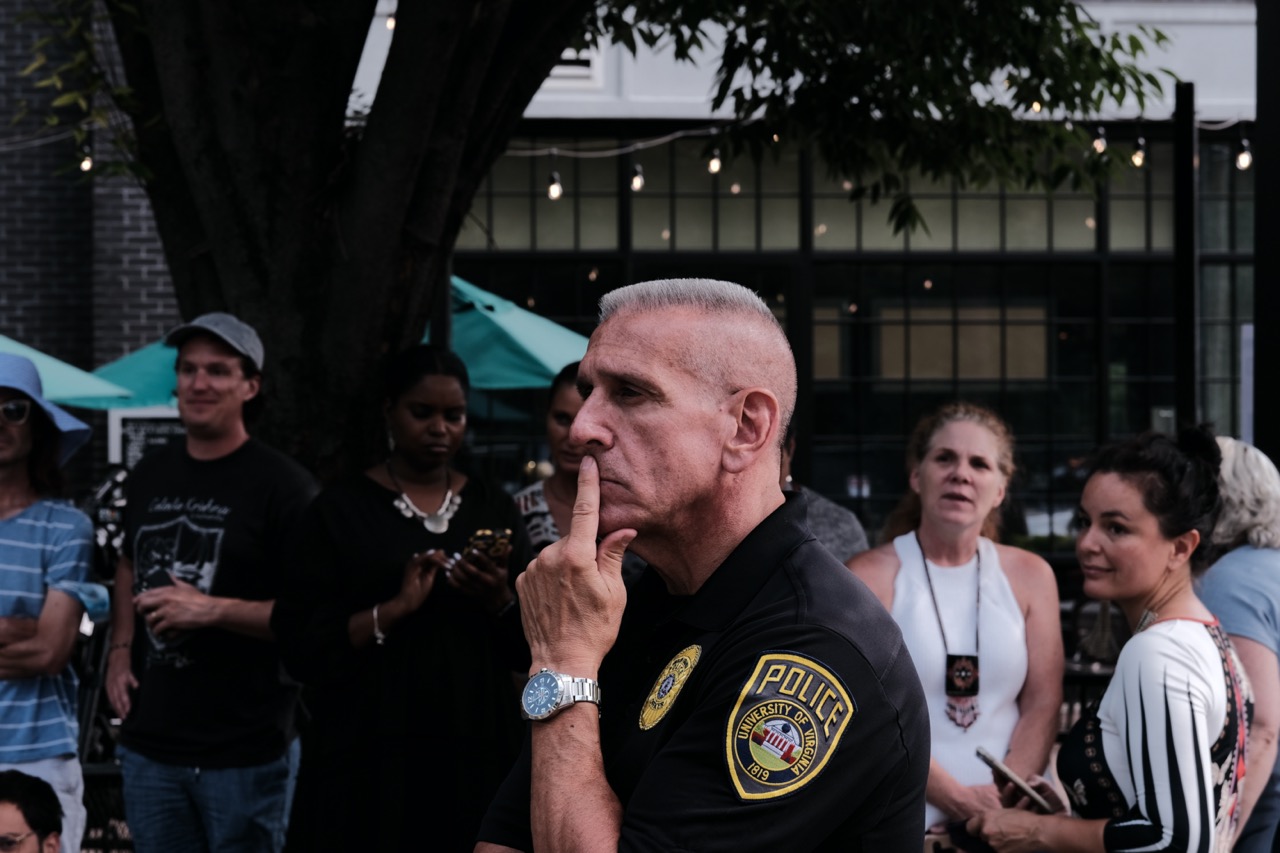A wide variety of women-owned small businesses from across the Charlottesville community came together at the University of Virginia Women’s Center on December 12. The vendors sold locally crafted goods at the free holiday market, including cards, candles, jewelry, calendars, books, and soul food.
Cary Oliva, owner of ByCary handmade goods, creates and sells unique greeting cards, calendars, trivets, journals, and similar items. Many of her designs include her original photography, which she describes as her “true love.” Using several different photography techniques, she crafts distinctive prints to feature on her merchandise.
Oliva was inspired to start her business when she realized she could never find a greeting card that pleased her, she said. Thanks to training and support from the Community Investment Collaborative, she was able to learn about the many critical aspects of entrepreneurship, like pricing, as well as the importance of both sides of running a business—the creative and the financial. She encouraged other local women interested in starting small businesses to reach out to the CIC to help get their ideas off the ground.
After spending time in area communities educating young children in various fields, UVA Ph.D. candidate Merci Best founded STEAMKITX in 2020, offering innovative educational kits that explore careers in science, technology, engineering, arts, and mathematics. Each research-based kit includes five different engaging activities for students ages 5 through 18 and their families to do together. The company’s two current kits explore the STEM and arts fields, and their connections to ice cream and football.
Best cited her biggest accomplishment as being interviewed on TV about her business, and she hoped to get more media exposure in the future. She would also like to see more hands-on programming within local business circles in Charlottesville, and even more collaboration among female entrepreneurs, she said.
JBD Catering founder and owner Jeanetha Douglas had hot, home-cooked meals for sale, including collard greens, mashed potatoes, honey-baked ham, and cornbread. She’s been catering events for over a decade, serving both soul food and other food items. Douglas expressed joy at being able to own a successful business in her hometown, and espoused her love for food and cooking. She called for more financial support for women-owned businesses in the community.
Fatima Shakeri’s Mystical Sunshine Co. sold an array of crystal jewelry at the market, including pendants, bracelets, earrings, and rings. Shakeri, who has Afghan roots, said she often thought about selling her handmade tasbihs, Afghan prayer beads, before finally starting her business last year. In addition to crafting her own gemstone jewelry, Shakeri offers tarot card readings. She said she felt very supported by the other women in the local business community, and that they often encourage each other’s ventures.
Shakeri designated the holiday market as one of her favorite events of the year, and said she hoped to see more events like it in the future.







